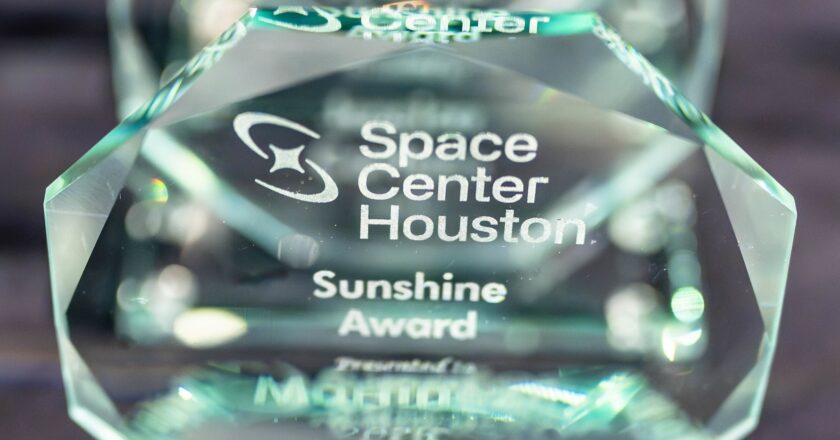Celebrating Our Crew: 2025 All-Crew Awards
Recognizing the people and passion behind our mission.
Space Center Houston recently came together to honor the incredible achievements of our crew during the Expanding Horizons All-Crew Awards Celebration. The evening was filled with pride, connection, and inspiration as we recognized those who bring our mission and values to life every day.
These awards are more than recognition; they reflect the heart of who we are: Space Enthusiasts, People-Driven, and Champions of Curiosity. Each honoree was selected because their actions advance our mission to reveal how science and humanity power space exploration, while strengthening our crew culture.
2025 Award Winners
Culture in Action AwardCelebrating the crew who bring our values to lifeThis award honors crew who help create a ...




